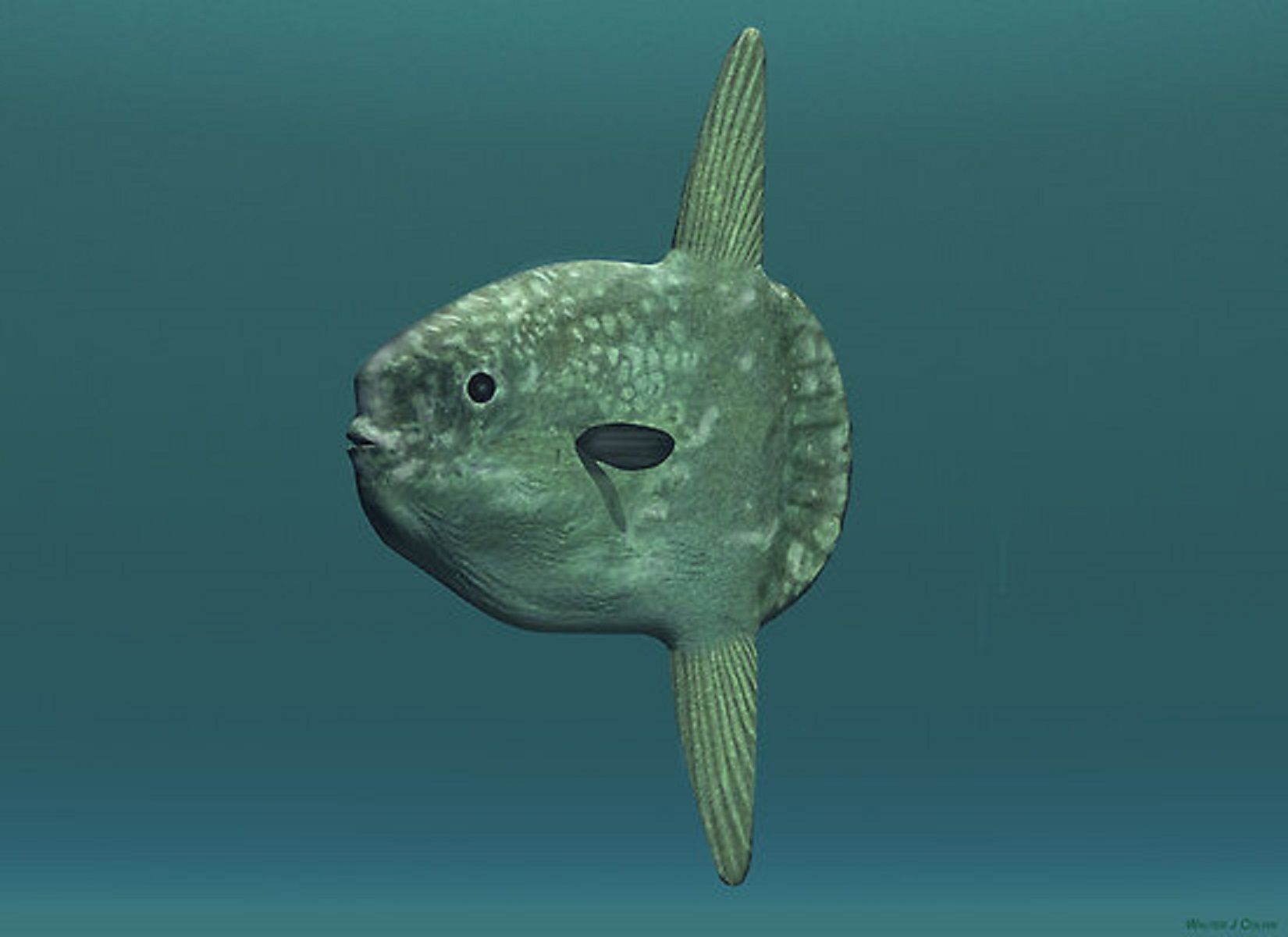The ocean sunfish, also known as Mola mola, is one of the most unique and awe-inspiring creatures found in the world’s oceans. With its enormous size and peculiar shape, the ocean sunfish is a standout species that captures the attention of marine biologists, ocean enthusiasts, and even casual observers. But just how big can an ocean sunfish grow? In this article, we’ll dive into the impressive size of this ocean giant and explore the factors that contribute to its growth.
What is an Ocean Sunfish?
The ocean sunfish is the largest bony fish in the world, with a body that is as fascinating as it is distinctive. Unlike most fish that are streamlined for efficient swimming, the ocean sunfish has a flat, disc-like shape with a small mouth, no tail fin, and a peculiar rudder-like structure called a clavus. This odd, yet effective, body shape allows the sunfish to glide gracefully through the water.
Ocean sunfish are typically found in temperate and tropical oceans across the globe. They spend much of their time near the surface, where they can bask in the sun to regulate their body temperature, or dive into deeper waters in search of food. Their size and appearance make them hard to miss, but it’s their potential to grow to astonishing dimensions that truly sets them apart.
How Big Can an Ocean Sunfish Grow?
Ocean sunfish are known for their sheer size, and they can grow to incredible lengths and weights. On average, adult ocean sunfish reach about 10 feet (3 meters) in length from dorsal fin to the tip of their flattened body. Their width can be just as impressive, often spanning up to 14 feet (4.2 meters) across.
But what really takes people by surprise is their weight. Despite having a body that looks much more compact than that of other large fish, the ocean sunfish can weigh an astonishing 2,200 pounds (1,000 kilograms) or more. Some individuals have been known to reach even larger sizes, making them the heaviest bony fish in the world. The sunfish’s body mass is mostly made up of soft, spongy tissue, which contributes to its massive weight.
In fact, the largest recorded ocean sunfish was measured at nearly 14 feet (4.2 meters) in length and weighed around 5,000 pounds (2,268 kilograms). This makes the ocean sunfish not only a marvel of marine biology but also a contender for the title of the largest fish in the world, far surpassing the size of many shark species and other ocean giants.
Factors That Influence Sunfish Growth
Several factors contribute to the remarkable size of ocean sunfish. Their growth is influenced by a combination of genetic factors, diet, and the environment in which they live. Let’s take a closer look at these key contributors to their impressive growth:
1. Diet and Feeding Habits
Ocean sunfish are primarily carnivorous, with a diet that consists mainly of jellyfish, small fish, and plankton. They are capable of consuming vast amounts of food, with some sunfish eating up to 20% of their body weight each day. Their preference for jellyfish, which are abundant and relatively easy to consume, allows them to grow rapidly. However, jellyfish are low in nutritional value, which means that sunfish must eat large quantities to sustain their size and energy levels.
The ocean sunfish’s specialized feeding apparatus, including a beak-like mouth and fused teeth, enables it to consume its prey with ease. This ability to feed efficiently on large quantities of food is one of the reasons why they are able to grow so large compared to many other fish species.
2. Environmental Factors
The environment in which an ocean sunfish lives plays a significant role in its growth. These fish are often found in deep, temperate, and tropical waters, where they can dive to great depths to find food and then return to the surface to bask in the sun. The warm surface waters provide an essential heat source for sunfish, who are ectothermic and rely on external temperatures to regulate their body heat.
A stable, abundant food supply and a healthy ocean environment are crucial for their growth. Disruptions in their habitat, such as pollution or overfishing, can impact their ability to find food and grow to their full size.
3. Genetics
Like all animals, the genetics of an ocean sunfish also plays a role in determining its size. While most sunfish reach impressive dimensions, some individuals are genetically predisposed to grow larger than others. The species has evolved to reach these extraordinary sizes, which likely offer advantages in terms of predator avoidance and competition for food.
It’s worth noting that, despite the ocean sunfish’s impressive growth potential, they typically have a slow growth rate. From birth, sunfish are very small, often measuring just a few centimeters in length. It can take several years for a sunfish to reach maturity and achieve its full size.
The Sunfish’s Unique Body Structure and Size Advantage
The ocean sunfish’s unusual body structure contributes to its ability to grow so large. Unlike many fish that have elongated, streamlined bodies for fast swimming, the sunfish’s flattened, disc-like shape is a result of its evolution to feed on jellyfish and other gelatinous creatures. This body structure allows the sunfish to consume large amounts of food without expending too much energy swimming.
Additionally, the sunfish’s lack of a traditional tail fin (replaced by the rudder-like clavus) allows it to glide through the water with minimal effort, further conserving energy. This efficient energy use is another factor that allows the sunfish to grow so large without the need for constant exertion.

The Largest Recorded Ocean Sunfish
The record-holder for the largest ocean sunfish ever recorded was a specimen found off the coast of Japan in 1996. This sunfish measured an impressive 14 feet (4.2 meters) in length and weighed around 5,000 pounds (2,268 kilograms). While this size is extremely rare, it shows just how enormous these fish can grow when conditions are right.
Despite these extraordinary sizes, most ocean sunfish tend to be somewhat smaller, averaging around 10 feet (3 meters) long and weighing between 1,000 and 2,000 pounds (450-900 kilograms). However, even at these more typical sizes, the ocean sunfish remains one of the largest and heaviest fish in the world.
Conclusion
The ocean sunfish is a remarkable example of marine life’s ability to grow to extraordinary proportions. With their massive bodies, unique shape, and impressive weight, ocean sunfish stand as the largest bony fish in the world. While most sunfish grow to around 10 feet in length and weigh over a ton, some can exceed even these incredible dimensions, with the largest recorded specimens reaching up to 14 feet and over 5,000 pounds.
Their size is a combination of genetics, diet, and the ability to thrive in their oceanic environment. As we continue to study these magnificent creatures, it’s clear that the ocean sunfish will remain one of the most awe-inspiring giants of the sea.



